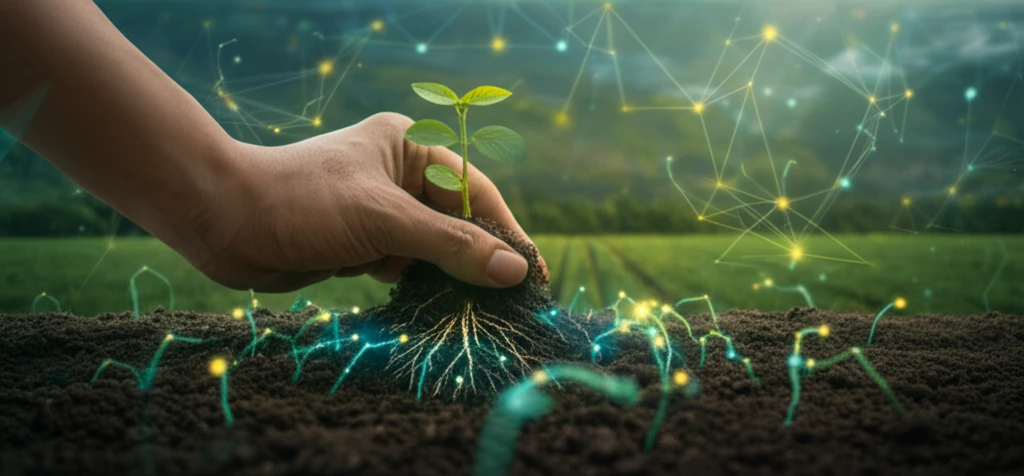
Unlock Your Garden's Potential: A Modern Guide to Fertilizer Use
"From Yesterday's Patterns to Today's Sustainable Practices: Optimizing Fertilizer Use for a Healthier Planet."
In today's world, where sustainability meets agricultural innovation, understanding fertilizer use is more crucial than ever. This isn't just about maximizing crop yields; it's about doing so responsibly, ensuring a healthy planet for future generations. As our understanding of soil science and plant nutrition deepens, so too must our approach to fertilization.
This guide is designed to walk you through the evolving patterns of fertilizer use, from historical practices to cutting-edge techniques. Whether you're a seasoned farmer, a backyard gardener, or simply someone interested in sustainable agriculture, you'll find valuable insights to help you make informed decisions.
We'll explore everything from selecting the right fertilizers to understanding soil-plant relationships, all while keeping an eye on the environmental impact of our choices. Let's dive into the world of fertilizers and discover how we can cultivate a greener, more productive future.
The Evolution of Fertilizer Use: A Historical Perspective

The journey of fertilizer use is a story of continuous innovation and adaptation. In the early days, agriculture relied heavily on natural sources of nutrients, such as manure and compost. These organic materials provided essential elements for plant growth, but their availability was often limited, and their nutrient content varied.
- Early reliance on natural sources like manure and compost.
- The revolutionary impact of chemical fertilizers on crop yields.
- Growing awareness of environmental concerns related to overuse.
- Shift towards sustainable and precision fertilization methods.
Cultivating a Sustainable Future
As we look ahead, the future of fertilizer use lies in embracing sustainable practices that prioritize soil health, minimize environmental impact, and maximize crop yields. By adopting a holistic approach to nutrient management, we can ensure a more resilient and productive agricultural system for generations to come.
